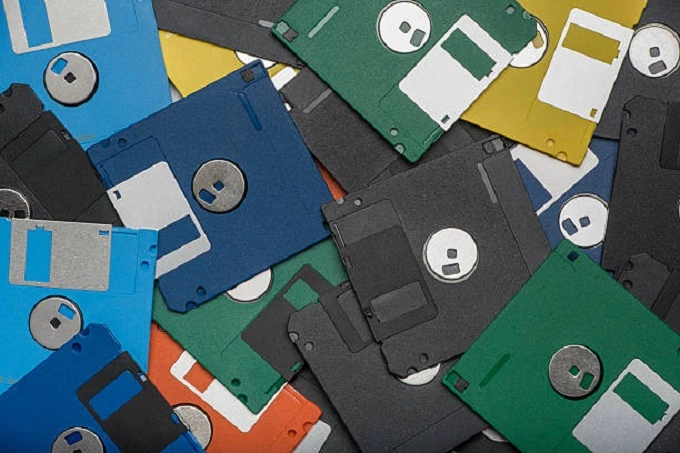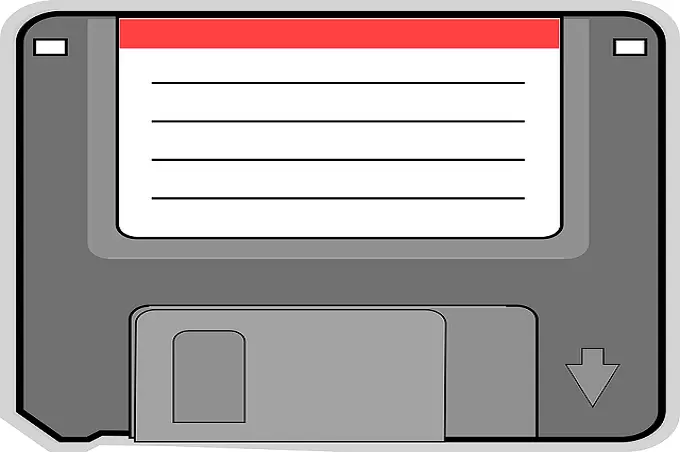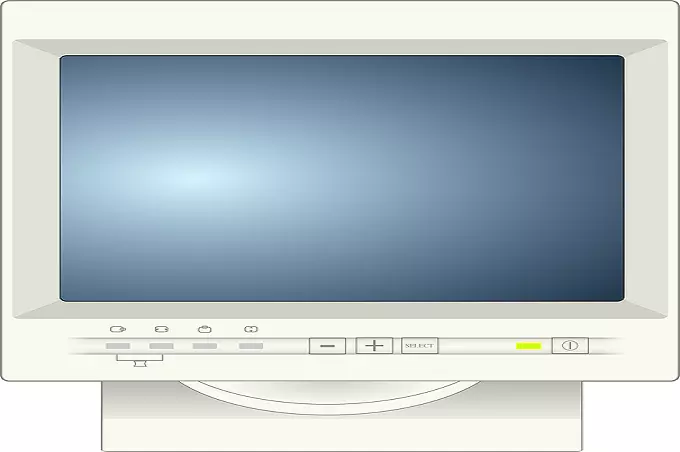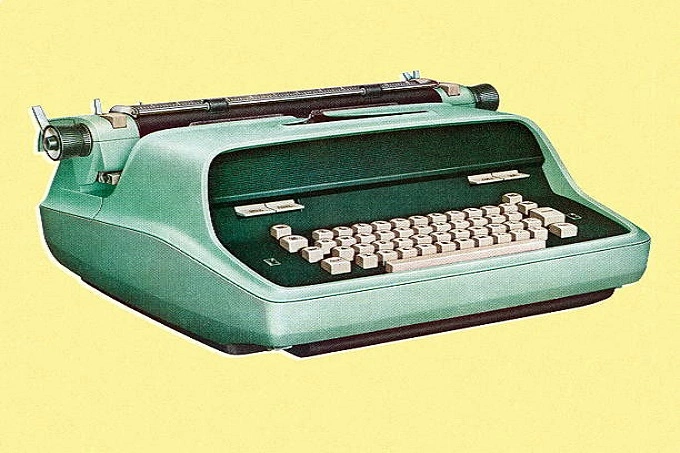Obsolete technologies that are still used by millions of people

It seems that almost everyone in the world uses modern smartphones on the latest Android or iOS, has Windows 11 on his computer, and an OLED TV is hanging on the wall. This is the norm for only a small part of humanity.
Millions of people still use outdated technologies for a long time and do not feel any inconvenience about it. Some of these technologies became obsolete at the beginning of the last decade; others were considered junk at the end of the last century. But in any case, these technologies are popular among a considerable number of people.
7 Obsolete technologies that are still used by millions of people
1. Windows XP

20 years ago, Windows XP was the most popular operating system on the planet. It was released in 2001, 21 years ago, and even after the release of Windows 7, it held a leading position for a long time, losing its importance to the seven around the release of the eighth version.
Although Microsoft officially stopped supporting Windows XP back in 2014 and stopped releasing security patches for “piggy,” it continued to be used. If you look at the statistics for 2020, approximately 1.34% of Internet visits from Windows XP were recorded in the world, and this is only among ordinary users.
Few people know that many old ATMs, payment terminals, and other devices still work on Windows XP. Do you think it’s only in third-world countries? As if not so. For example, several hundred thousand ATMs still work on XP in the USA. They are gradually being replaced by Windows 10 or Linux devices, but it’s too early to say that Windows XP is dead.
2. Floppy disks

Floppy disks appeared in the 70s, and their peak was in the 90s. Yes, there were already CDs then, but their cost was disproportionate, and only a few could afford a CD-ROM. But gradually, from the beginning of the 2000s, floppy disks were replaced by CD-ROMs, DVDs, and after CDs gave way to flash drives and online downloads.
It seems as if today, such a long-outdated device as a floppy disk cannot be used because they are slow and unimportant. However, there are many enterprises worldwide where floppy disks are still used. As a rule, these are industrial productions, machines which were released back in the 80s or 90s and where the computer code is run from floppy disks.
3. Dial-up modems
Do you remember how back in the early 2000s, you had to go online using a modem connected to a telephone cable? The speed was so low that you had to wait a minute for one image to load. It’s good that such an Internet has been replaced by high-speed twisted pair or even optical fibre. Even wireless Internet via 4g today allows you to work comfortably on the Internet.
However, not the whole planet has switched to high-speed Internet. Moreover, even in the world’s richest countries, many people still use a dial-up connection and access the Internet at a speed of 64 kilobits per second. As a rule, these are people in rural areas where no one will pull high-speed Internet.
As for developing countries, there are even more dial-up modem users there. So those sounds of turning on the Internet, which we remember with nostalgia today, millions of people around the world listen to every day.
To get the latest stories, install our app here
4. Dot matrix printers

Dot matrix printers are devices that were invented in 1964 and printed an image on paper from individual small dots in a percussive way. They were slow, noisy, and bulky cars. The invention of the first inkjet and then laser printers made document management more convenient.
It seems that such outdated cars should have been sent to the landfill decades ago, but no. Even in developed, it is still possible to find matrix printers in some companies that the management does not seek to change. Why? Because they are highly reliable and invaluable where smooth operation is needed. In addition, they process multicomponent forms much more efficiently than inkjet or laser printers. In addition, matrix printers can print on continuous paper, not just on individual sheets.
5. Videocassettes

Previously, almost every house had a video recorder. In the late 90s, cassettes were such a popular medium that televisions with built-in video recorders were sold. Gradually, cassettes were replaced by DVD players and then by streaming services. Today, it’s enough to buy a subscription to a streaming service, select a movie from the list and watch it.
But even in our time, millions of people continue to use cassettes. Yes, most of them live in developing countries, where outdated equipment is brought en masse, but a lot of people watch cassettes in developed countries as well. Today, there are still empty cassettes for recording on the shelves of local supermarkets, and video rental salons are also operating.
Many people in our country still use this outdated technology, because videotapes give, in their opinion, a warmer image that differs from a licked digital picture.
6. CRT TVs and monitors

CRT TVs, the ones with a kinescope, heavy and not aesthetic, are in the homes of millions of people around the world. In our country, such televisions often stand in villages and small houses,
If you go to the popular sites for the sale of used things, you can see many offers for the sale of CRT TVs and monitors. And they are popular even with gamers because, unlike LCD monitors, CRT TVs have a small delay in image output, which is very important where high response speed is needed.
7. Typewriters

Once, typewriters were a real breakthrough because they allowed you to type quickly. A page of handwritten text, which took dozens of minutes to make, could now be printed several times faster, and it didn’t even need to have good handwriting.
Later, typewriters were replaced first by computers with a keyboard, and today voice text input technologies are actively developing. But even now, in the 21st century, typewriters have not gone down in history. And it’s not just about writers who prefer the usual input method, but also some organizations. For example, in India, they prefer to use typewriters in areas with unstable electricity supply rather than computers.
Some authors switch to typewriters from computers, as they allow them not to be distracted by social networks and other entertainment. And at the highest state level in some countries, modern typewriters are being discussed to exclude espionage.




